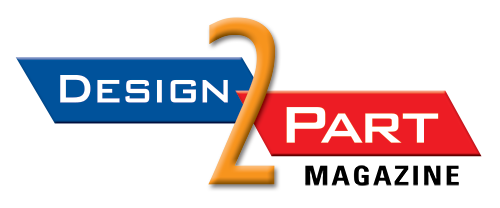In a survey by Protolabs, more than 700 engineers and developers weighed in on the product development challenges of today and the future.
MINNEAPOLIS—A report published by Protolabs reveals the state of product development, examining the forces that shape how we bring new products to market today and the challenges on the horizon, according to a release from the manufacturer.
Protolabs reported that it surveyed more than 700 engineers, designers, and product developers across all product development stages, from early prototyping to ongoing production. The industries represented are on the frontline of innovation, including aerospace, medical devices, consumer electronics, and more.
“As a manufacturer serving customers from prototyping to production, we have a front row seat to watch companies bring products to market faster than ever and lend our capabilities as they overcome myriad challenges,” Protolabs Strategic Growth Officer Luca Mazzei said in the release. “While those challenges are evolving, we are excited to assist product developers as they continue to push the pace of innovation beyond what most thought possible.”
Survey respondents reportedly made clear that today’s product development process is driven by a need for speed. About half (53 percent) reported they are developing products faster than ever, but more than 80 percent reported they are looking for ways to be even faster. About two-thirds (65 percent) cite competition as the primary motivating force. Time-related constraints were mentioned far more than any other challenge influencing product development during the prototyping stage. Quality rose to the top once a product moves to ongoing production, Protolabs said in the release.
Respondents expect to slowly close the door on pandemic-related product development challenges, namely material shortages and supply chain disruption. Nearly 70 percent of respondents are said to have reported that material shortages had a significant effect on meeting late prototyping goals during the last year.
When asked if material shortages would have the same impact over the next five years, only 33 percent predicted that they would. Similarly, 74 percent of respondents reported that supply chain disruption affected ongoing production in the last year; only 44 percent predicted it would have an impact over the next five years. The declining trend was prevalent across all development stages for both issues, the company said.
Meanwhile, the state of the economy is expected to remain a challenge over the next five years, especially during late development stages. Sixty-one percent and 64 percent said that this would be an issue for late prototyping and ongoing production, respectively, according to the release.
Those surveyed also detailed what factors would (or would not) affect how long it takes to develop products over the next five years. Rising customer demands were projected to have the largest impact, according to 78 percent of respondents across all development stages. Labor and workforce developments, such as labor shortages and the skills gap, were expected to continue to present challenges, 65 percent of respondents said.
Only 35 percent of respondents said that artificial intelligence would influence the speed of product development over the next five years, and only 37 said they expect environmental goals/sustainability to affect future development time, according to Protolabs.
As a digital manufacturing service, Protolabs operates digital factories that produce low-volume parts in days. The company said its Protolabs Network unlocks advanced capabilities and volume pricing through its highly vetted manufacturing partners. The result, according to Protolabs, is one manufacturing source—from prototyping to production—for product developers, engineers, and supply chain teams.
